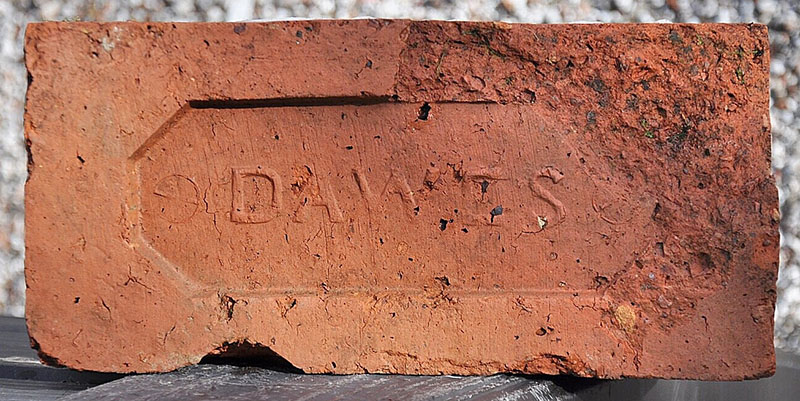

This wasmade made by George Dawes, in an area known as Jump, near Elsecar. George Dawes' main role was as the proprietor of the Milton and Elsecar ironworks. He was born in the Midlands in 1817 and died in 1888. Photo and info by Chris Shaw.
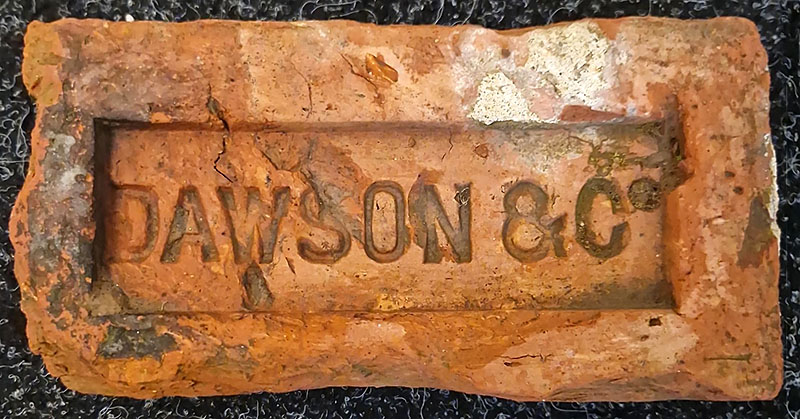
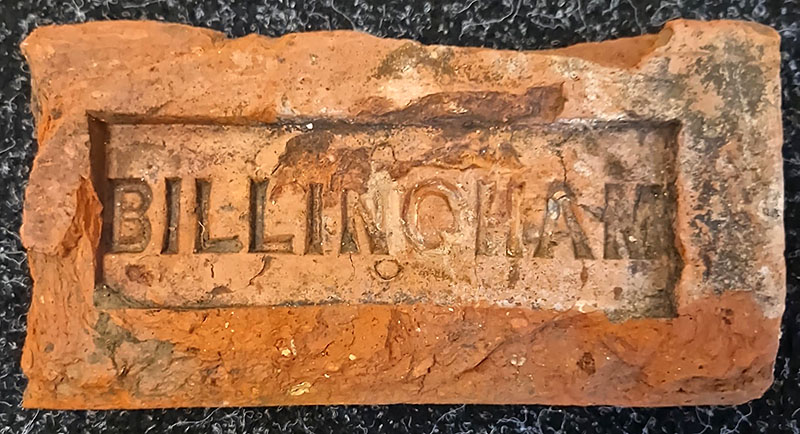
J Dawson & Co, Billingham Steam Brick Works, was advertising Red Pressed Facing Bricks, 9-inch Flooring Squares, Fancy Bricks, Kiln and Clamp Bricks in 1876-78. By April 1878 the works was being operated by J W Watson & Co. Photos by Liz Robinson.
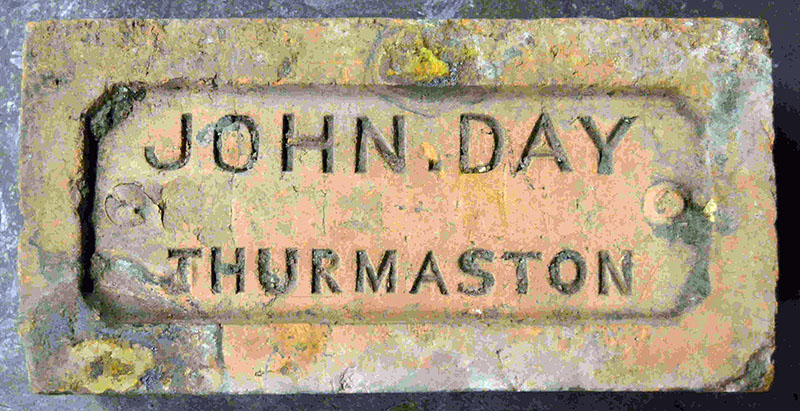
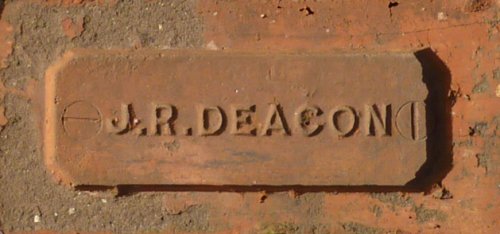
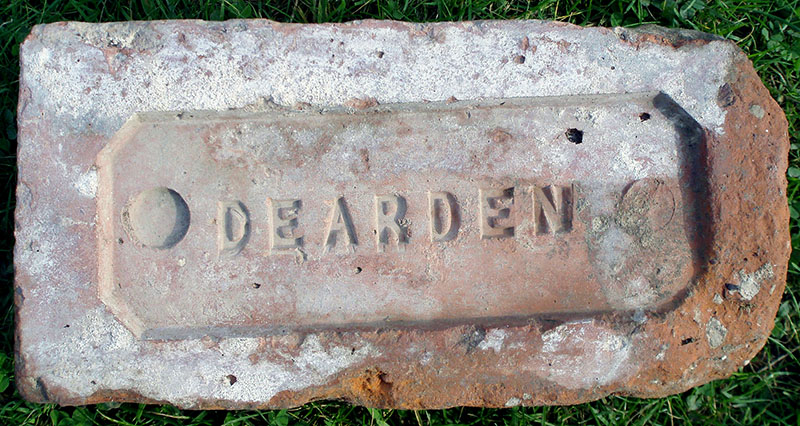
M A Dearden - Balby, Doncaster, (1871 Trade Directory). Photo by Frank Lawson.
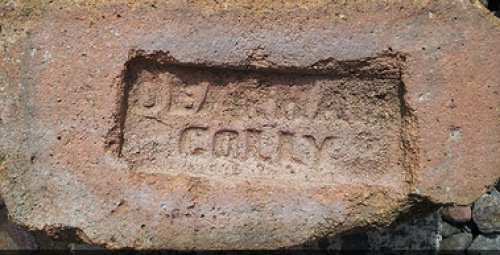
Dearham, near Maryport, 12' miles [20 km] NNE of Whitehaven.
Photo by Mark Cranston.
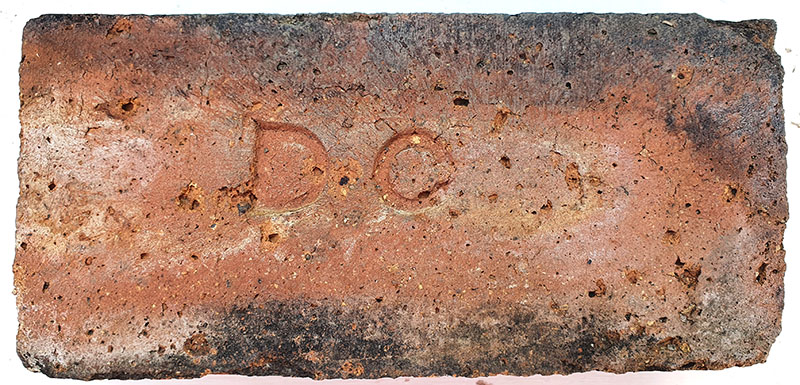
Photo by Mark Howard.
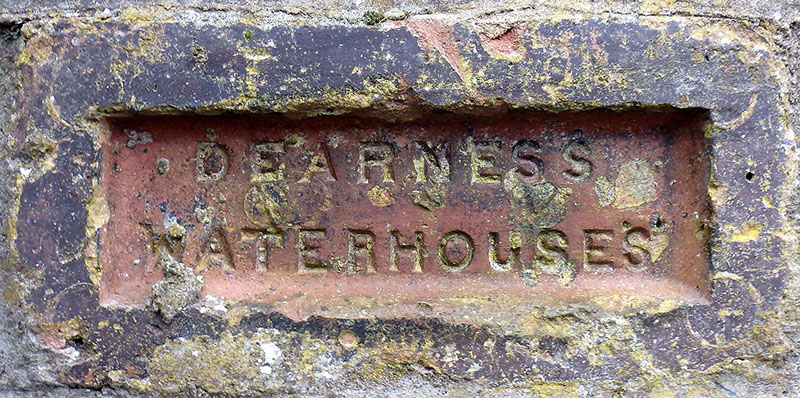
Dearness Brick & Tile Co., Waterhouses, Co. Durham. (Mark
Coates, manager). Kelly's Durham Directory 1890. Photo and
info by courtesy of the Frank Lawson collection.
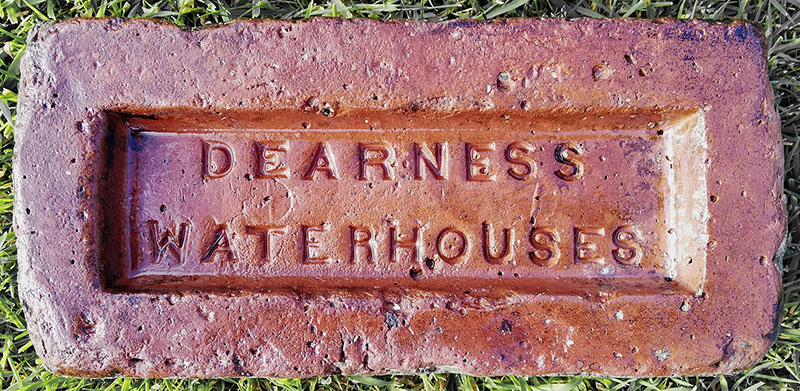
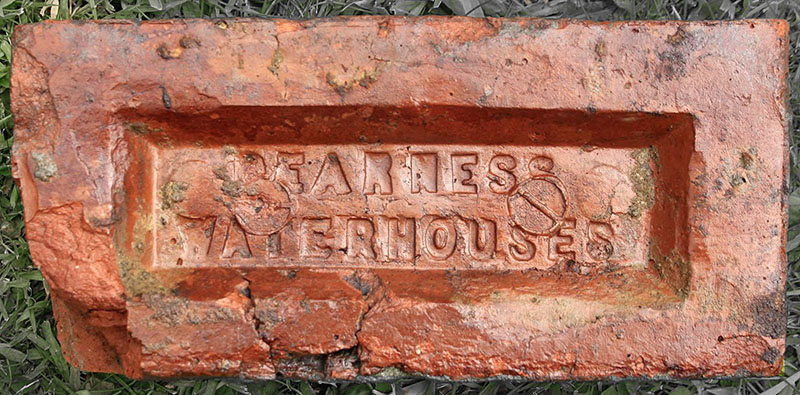
Photos by Chris Tilney.
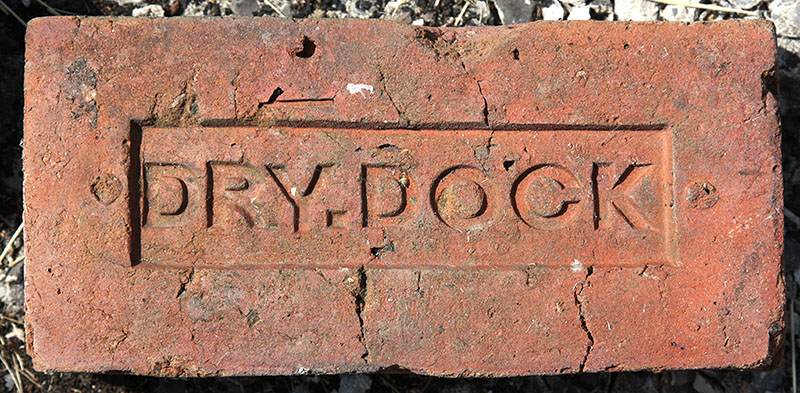

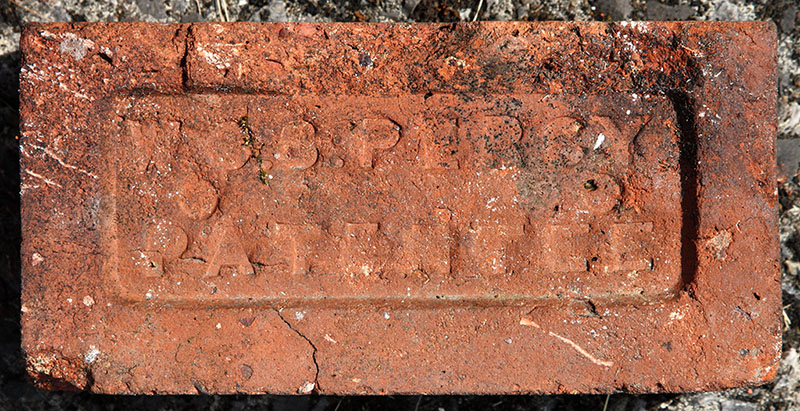
Reverse side of the brick above. William Carter Stafford Percy of Manchester. He was an inventive chap who filed a number of patents in the 1840s and 50s and also spent time in gaol for debt.
Dearnley Brickworks was owned by the Rochdale Property and Finance Co Ltd., formed in 1864. The likely location of the clay pit and works is land to the north of the present James Street/Finance Street, which is immediately adjacent to Dry Dock Mills, Littleborough. The company was wound up in August 1879.
.jpg)
 reverse W C S Percy,Patentee.jpg)
Photos by David Kitching.
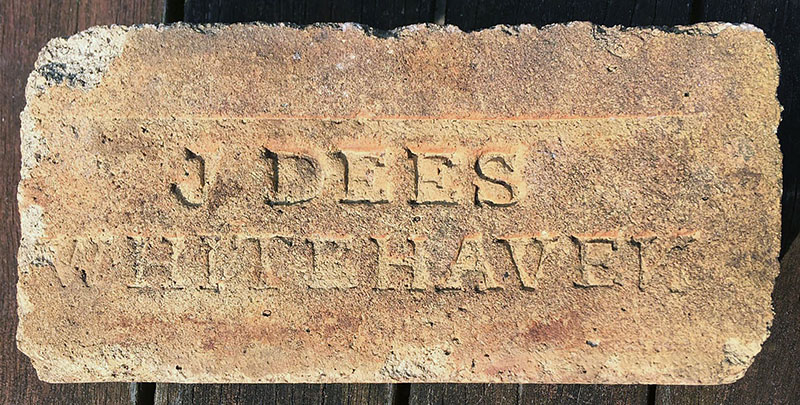
James Dees was a civil engineer who was chief engineer and subsequently a director of the Whitehaven, Cleator & Egremont Railway. He opened the Whitehaven Brick & Tile Works in 1853. Info and photo by Tony Calvin.
See also Whitehaven.
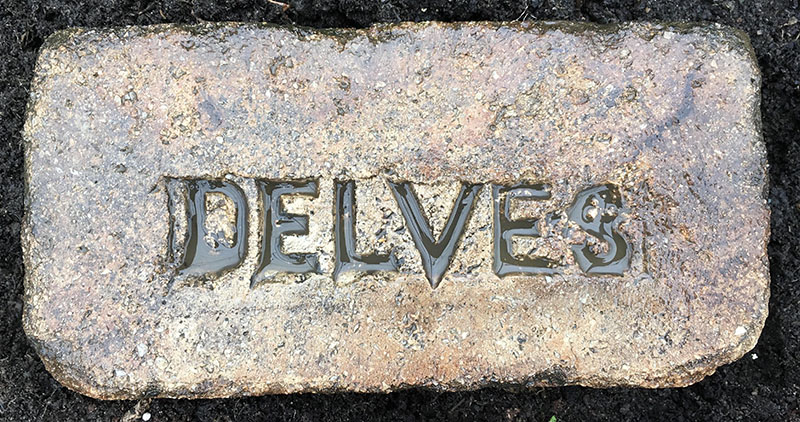
Photo by Steven Tait.
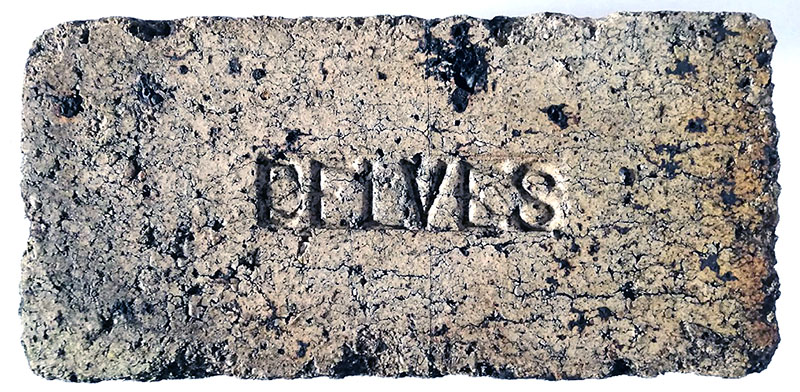
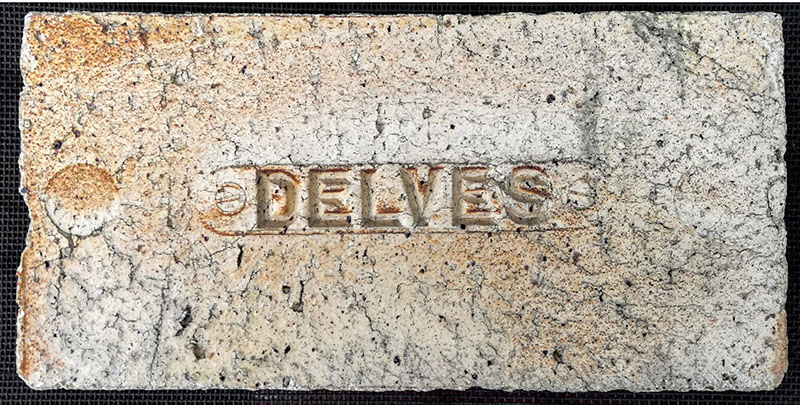
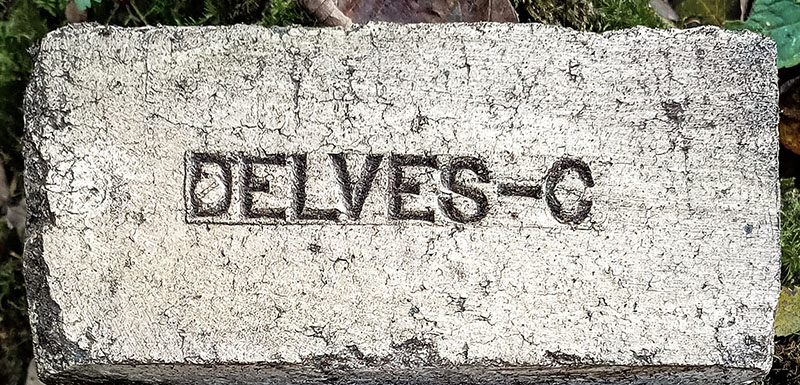
Photos by Chris Tilney.
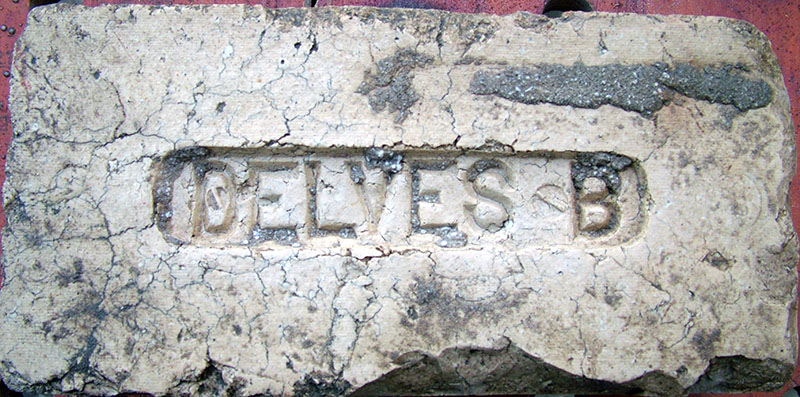
These bricks were made at the Delves Colliery in Consett, County Durham: These are south-east of and about half-a-mile from the Iron and Steel Works, and have a capacity of about 120,000 bricks per week. Ordinary fire bricks, blast furnace lumps, and other fire brick articles used in the various departments, are made here, the coal and clay being obtained at the Delves Pit, which is in close proximity. The clay is taken up incline gears by steam power, and tipped automatically into a large iron shoot provided for its reception. It is then conveyed along a horizontal shoot worked by an Archimedean screw to a large edge-runner mill, where it is ground. It next passes through perforated plates in the mill pan, after which it is elevated and screened, and finally passed to the pug mill. The driving engine, mill, and elevating gear are of great strength and power. There are ten brick burning kilns, equal to 17,000 or 18,000 bricks per charge. The kilns are fired by the waste heat from four rows of coke ovens immediately adjoining, the waste gases from which are collected in one large flue, and after passing through the kilns are conveyed in small flues under the floor of the commodious drying shed. There are also a small mill and press for mixing and making Ganister bricks, which are burnt in two suitable hard fire kilns, each having a capacity of 10,000 bricks. Thanks to George for the photo and info.
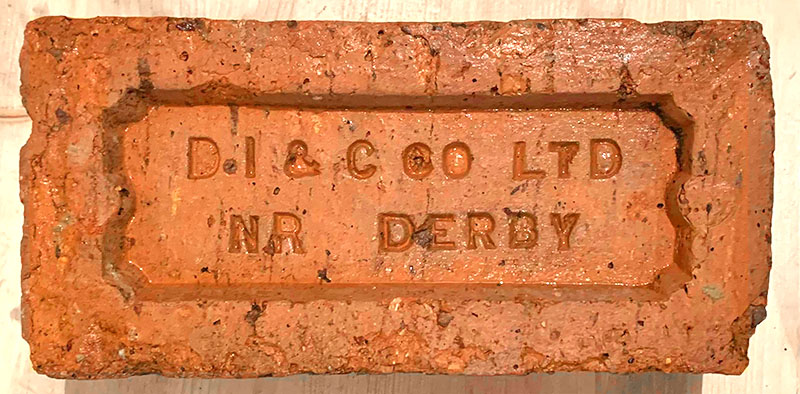
Photo by Russ Firth.
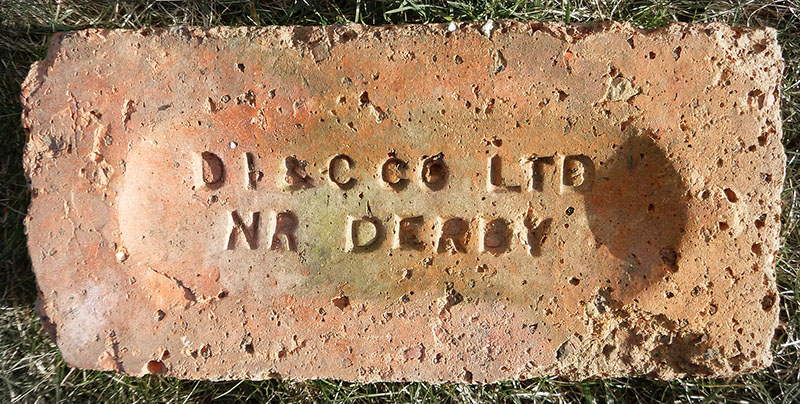
Photo by Frank Lawson.
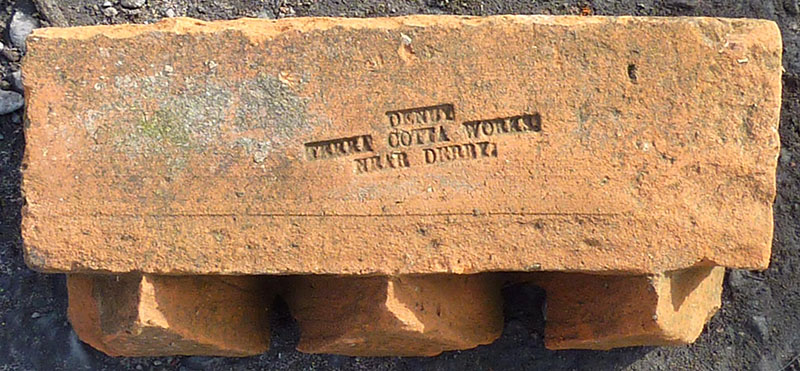
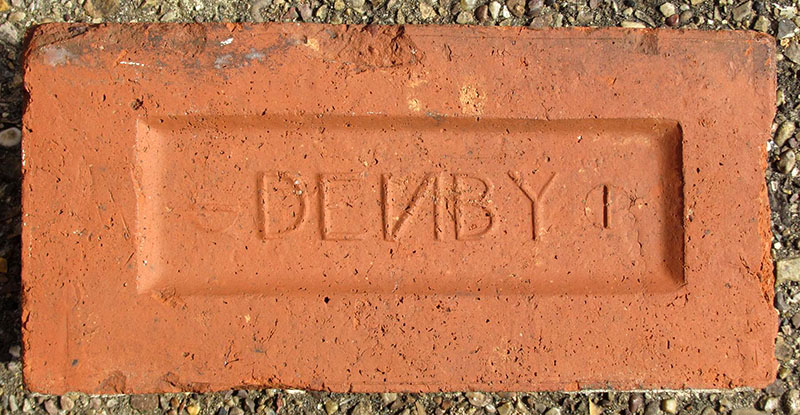
Hugh Stewart is recorded as proprietor of the Denby Terra Cotta, Brick and Tile Works in the Late 19th Century. Photos & info Martyn Fretwell.
1.jpg)
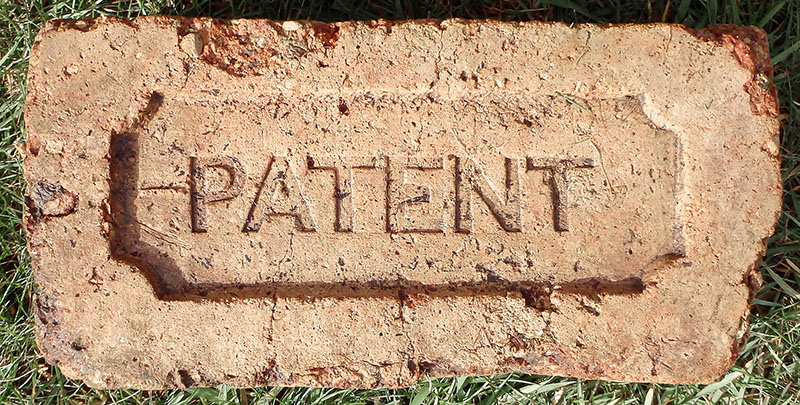
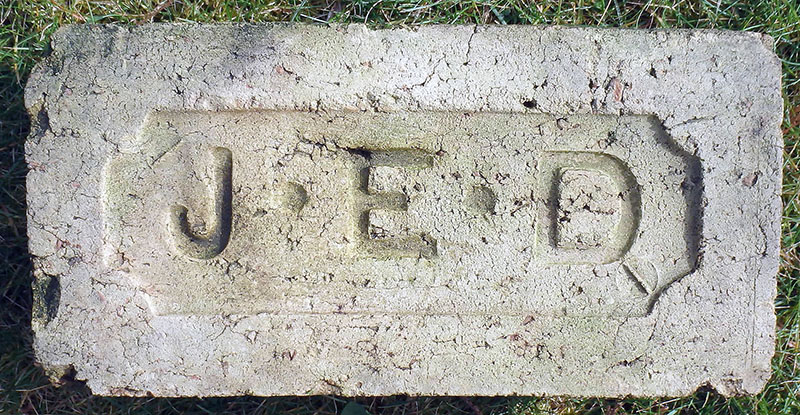
2.jpg)
John Evelyn Denison, 1st Viscount Ossington owned Ossington Hall,
Notts. from 1820 to 1873 & this estate brickworks is shown
disused on an 1875 map. Clayton Patent refers to the makers of
the brick making machine. Info by Martyn Fretwell, photos by Frank Lawson.
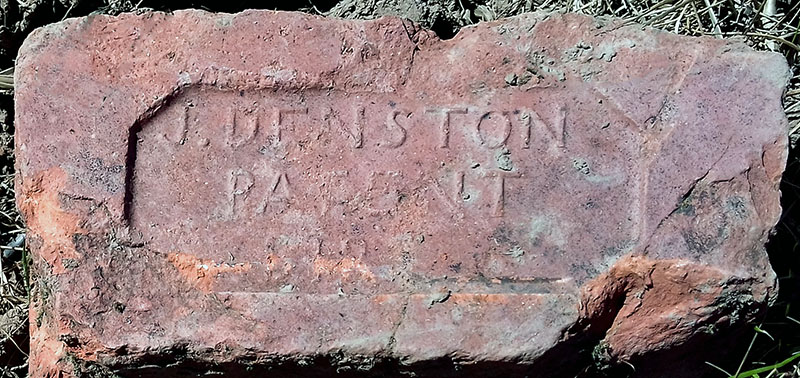
ohn Denston is listed in various trade directories from 1849 to 1867 on Garrison Lane, Birmingham. James Denston is then listed in Kelly’s 1872 & White’s 1873 editions at this works. Joseph Derrington was next at this works until 1892. After which Birmingham City’s St. Andrew’s Football Ground was built on this former brickworks site. Photo by Mike Joyce & Info by Martyn Fretwell.
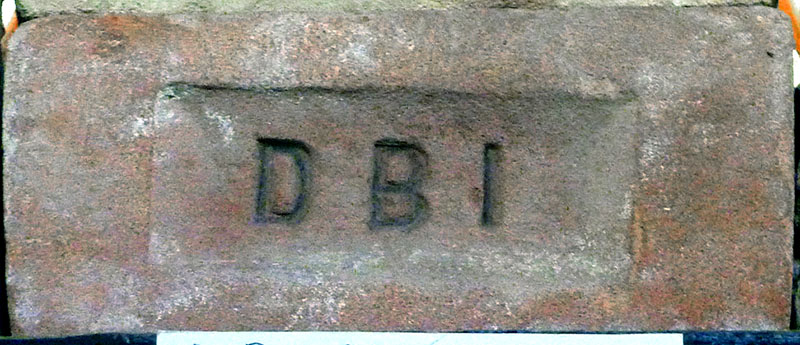
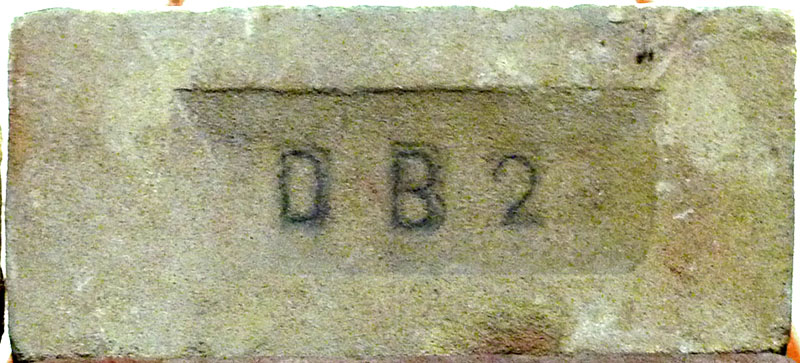
The Depperhaugh Brickworks, Hoxne, Eye, Suffolk is
listed in Kellys 1888 to 1900 editions. In the 1912 edition (next available) the listing is the
Hoxne Brickworks Co. The works was south of Hoxne village next to Fairstead Farm. Photo & info by
Martyn Fretwell.
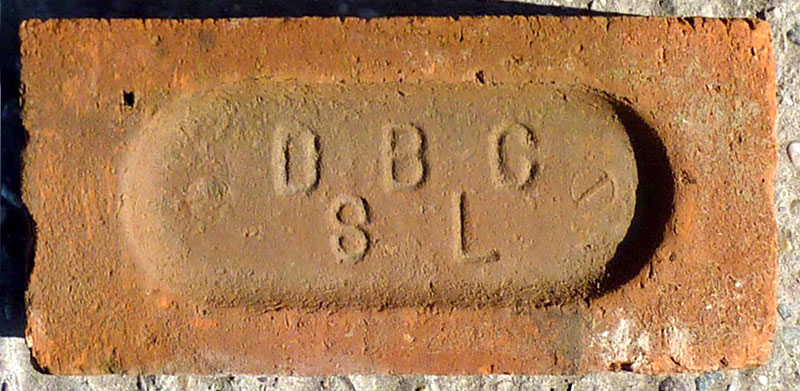
Photo by Martyn Fretwell. Thought to be Derby Brick Co Ltd. - they appear in the 1912 Kelly's Directory of Derbyshire.
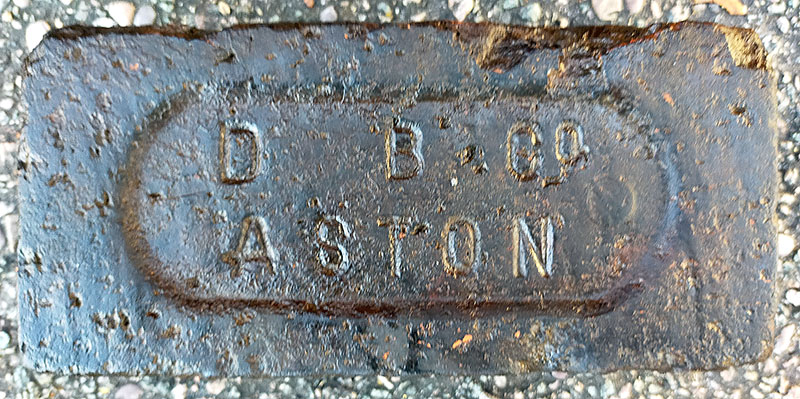
Photo by Andrew Morley.
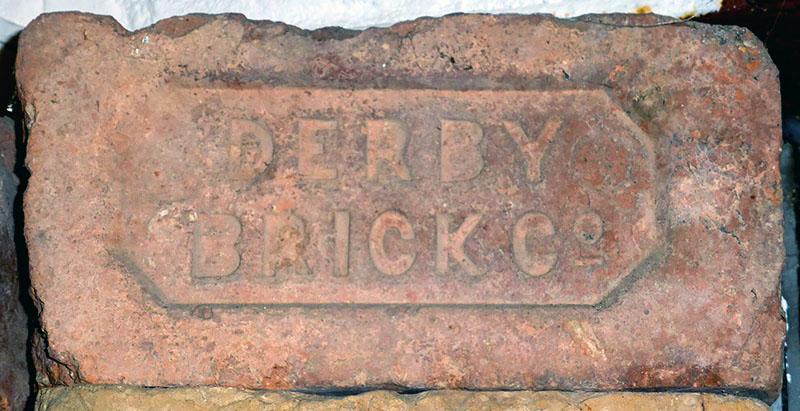
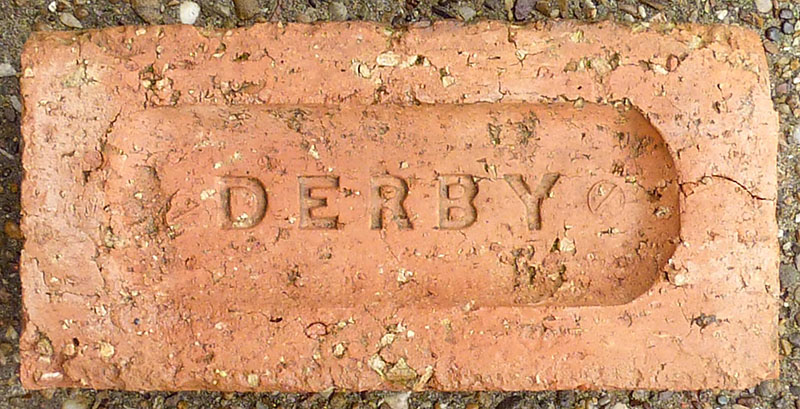
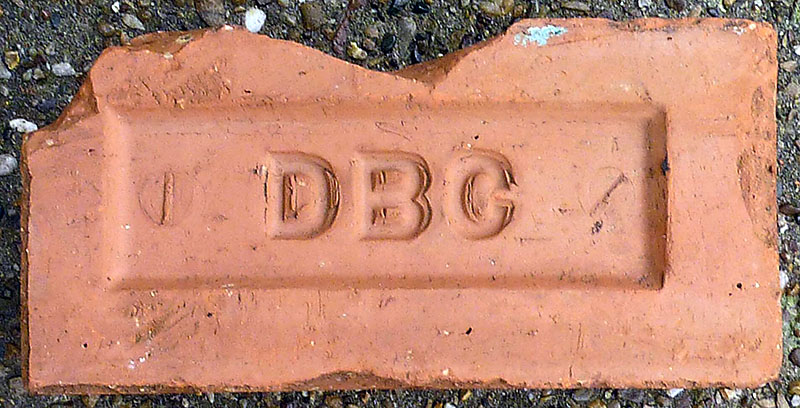
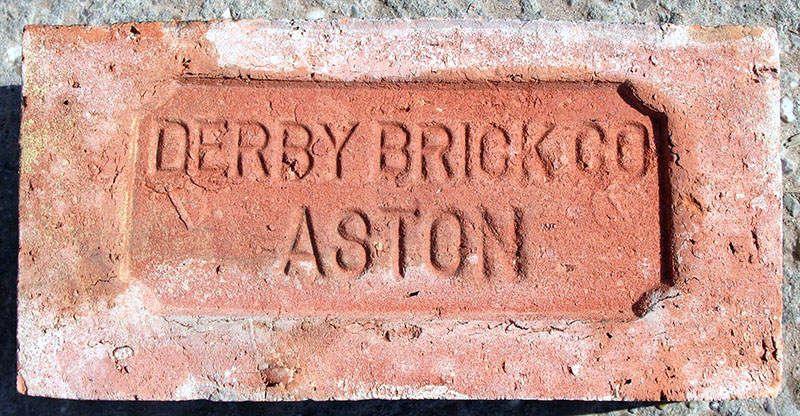
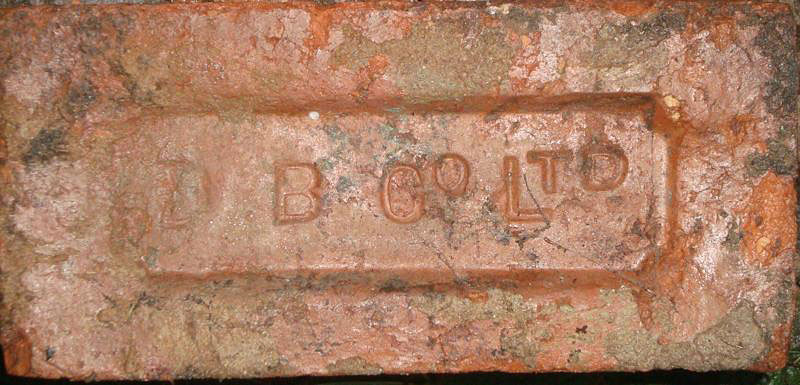
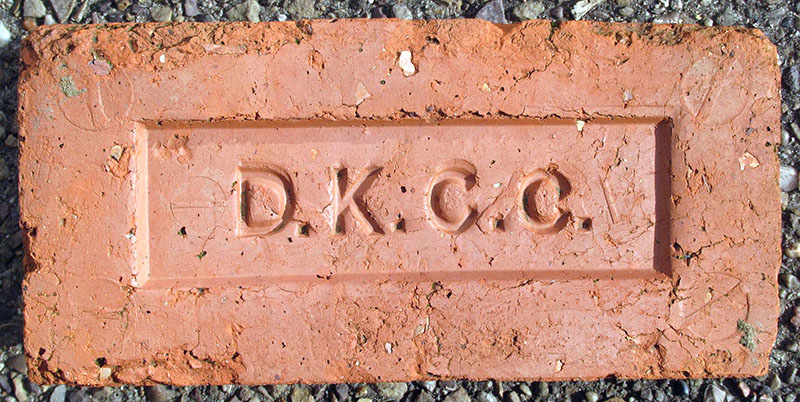
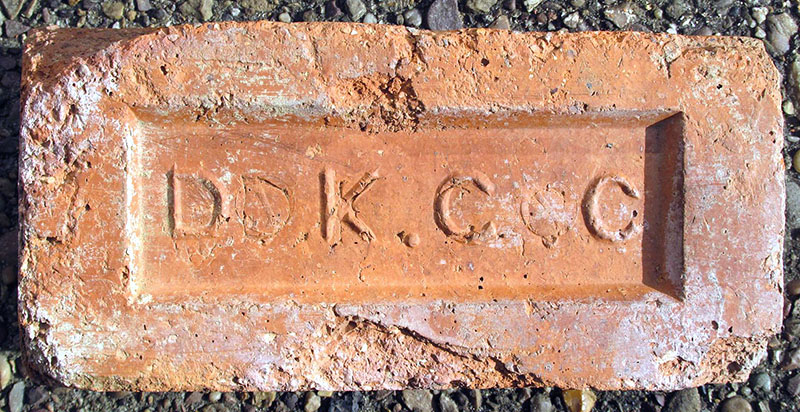
Photo by Martyn Fretwell.